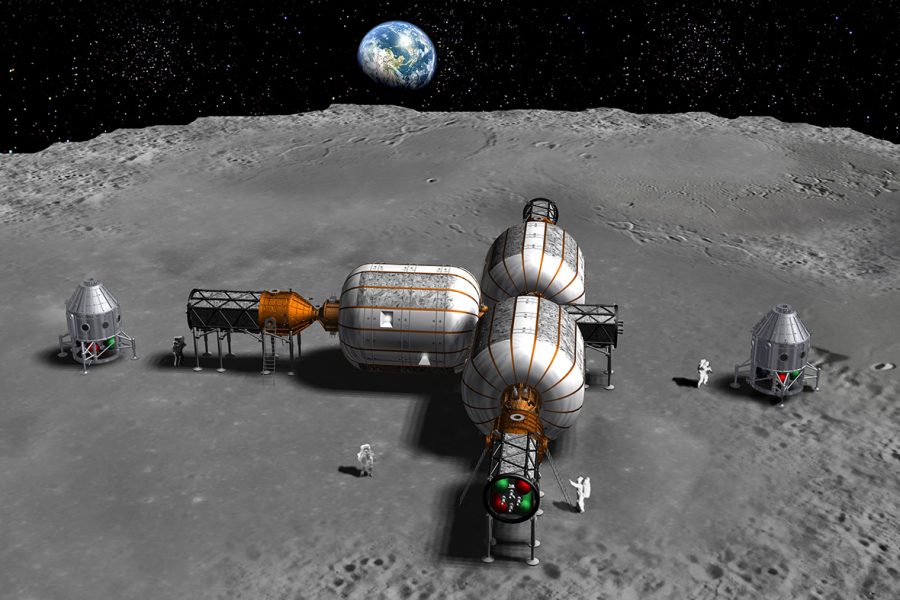Robert Bigelow, the man behind the Bigelow Expandable Activity Module being tested at the International Space Station, stated to be “absolutely convinced” that there are aliens on Earth.
He estimates that he might be the person in the U.S. who has spent the most money in the quest to find aliens. Bigelow did not reveal additional information referring to encounters or how much of his money has he spent on the subject, although he refers to the amount as “millions and millions.”

‘Absolutely convinced’ there are aliens on Earth
Robert Bigelow was interviewed by 60 Minutes’ Lara Logan. She asked him whether he believed in aliens, to which Bigelow responded: “I’m absolutely convinced. That’s all there is to it. There has been and is an existing presence, an ET presence.”
Logan then asked if he feared that the public would start calling him crazy, to which he responded that he could not care less.
You can watch a segment of the interview here:
Bigelow has envisioned working on space exploration from an early age. According to BusinessWeek, at age 12 Bigelow resolved that even if his skills in mathematics limited him, he would become rich enough to hire scientists to help put humans into the farthest reaches of space. He studied banking and real estate, and later at age 54, he founded Bigelow Aerospace.
His company has already been able to launch two space modules, and plans contemplate launching space habitats that would serve as dormitories, labs, and factories.
The most notable example would be the Bigelow Expandable Activity Module or BEAM. It was launched to the ISS on April 8, 2016, aboard a SpaceX resupply flight. Two days later it arrived at the station and then installed. A month later, the module was expanded and pressurized.
Although the mission for testing the BEAM is already over, both NASA and Bigelow Aerospace have announced that the crew of the ISS would extend its life in space and that the module could serve other purposes.
The first inflatable habitat used by NASA
BEAM has become the first inflatable space habitat to be attached to the ISS. What’s novel about the module is that it can be compressed down to a 1.7×2.4 meter cylinder, allowing for easy storage. After being attached, it expands and becomes 4×3.23 meters. The module then has to be pressurized, which is performed by opening air tanks inside of it to elevate the pressure to become one atmosphere, similar to that of Earth and the ISS’s internal environment.
The first tests focused on seeing if the module could sustain the impact of space debris, which is usually comprised of very small rock fragments that fly at very high speeds throughout space. If the debris were able to puncture the habitat, then it would be deemed useless and dangerous for the crew. Thankfully, due to the module’s composition made to resemble kevlar, debris can hardly be considered a safety threat.

Now tests are focusing on whether the module can sustain the high radiation levels that are present in space. Bigelow Aerospace assures that the BEAM should be at least as good as the ISS when it comes to sustaining radiation. Initial tests already took place, and NASA scientists saw that indeed, the radiation levels present inside the BEAM are similar to those inside the ISS.
The next step is to 3D-print shields to cover the radiation sensors inside the BEAM, to see to which extent the module can sustain even higher levels of radiation.
As the module appears to be a potential success, Bigelow Aerospace is already at the next step of conquering space. This would be in the form of a “deep space gateway,” some outpost that would allow astronauts to have a place to settle during deep space missions. It would be similar to the ISS, but much smaller, as the idea is to have it orbiting the moon.
These gateways would need airlocks and solar energy panels, and they would also need regular maintenance achieved by launching flights directed toward the gateway. They are expected to be assembled sometime after 2023. NASA admitted that it would need support from private sectors to transform the moon into an outpost for deep space exploration.
One of the proposed designs is a 41-ton habitable spacecraft that could be launched in 2027. Two years later, NASA would send four astronauts to use the spacecraft and board it for nearly an Earth year.
Many agree that setting a lunar outpost contemplates the first step into a manned trip to Mars.
“In 2029 we’re ready to go do a verification flight, where we essentially have the crew stay in the vicinity of the Moon to simulate roughly one year of activity on the way to Mars,” stated Bill Gerstenmaier, NASA’s chief of human spaceflight.
Source: Daily Mail UK
